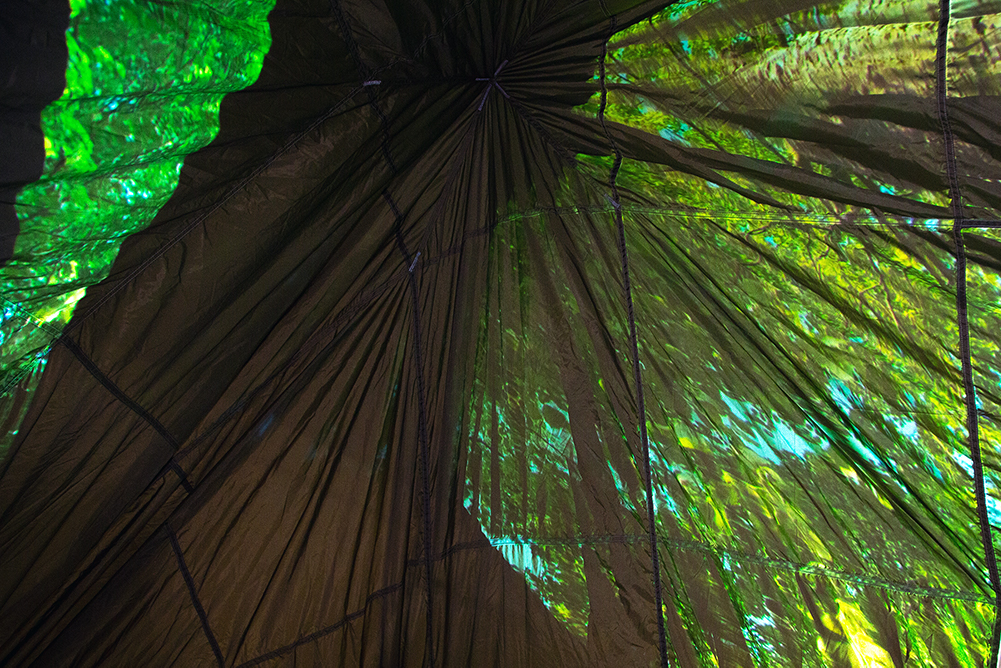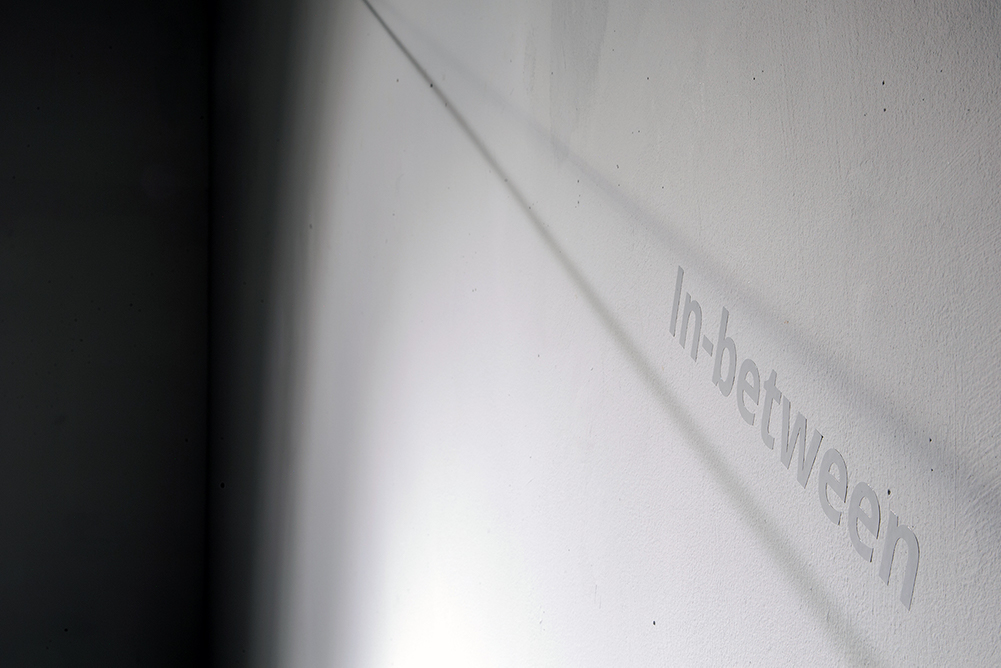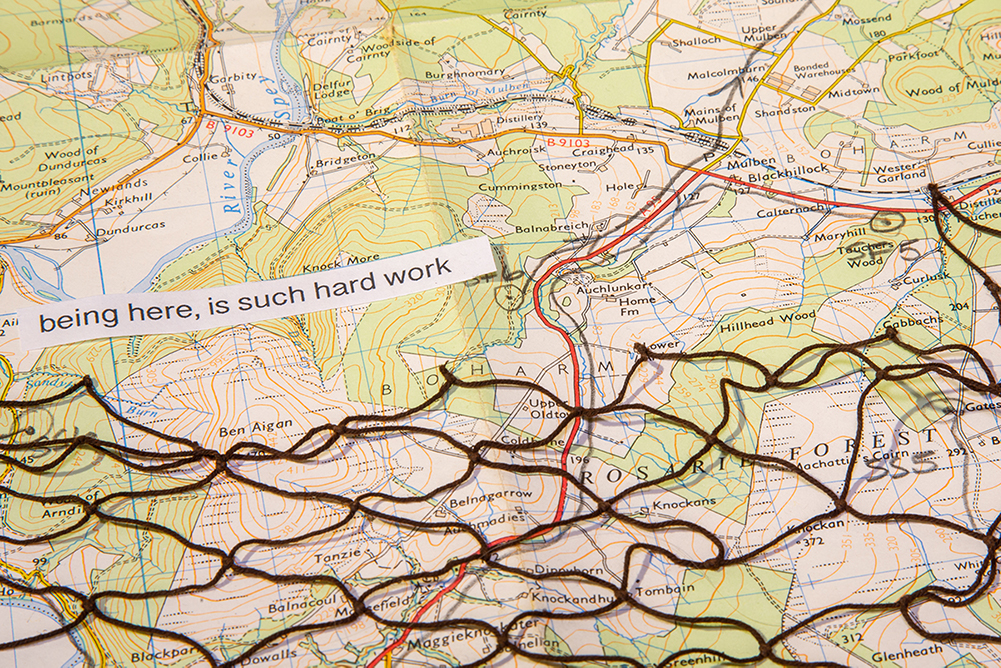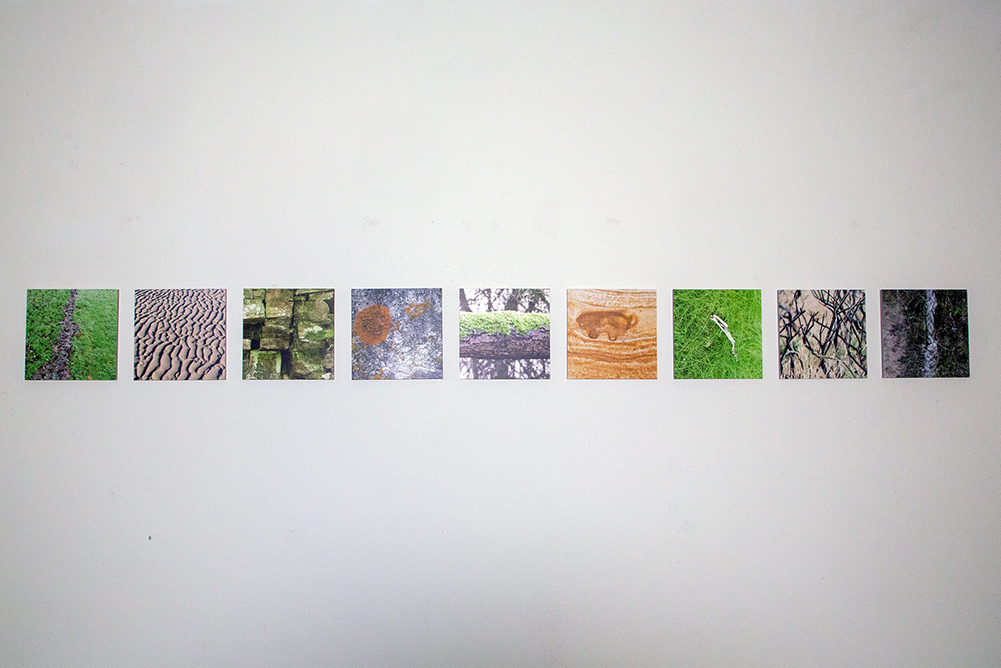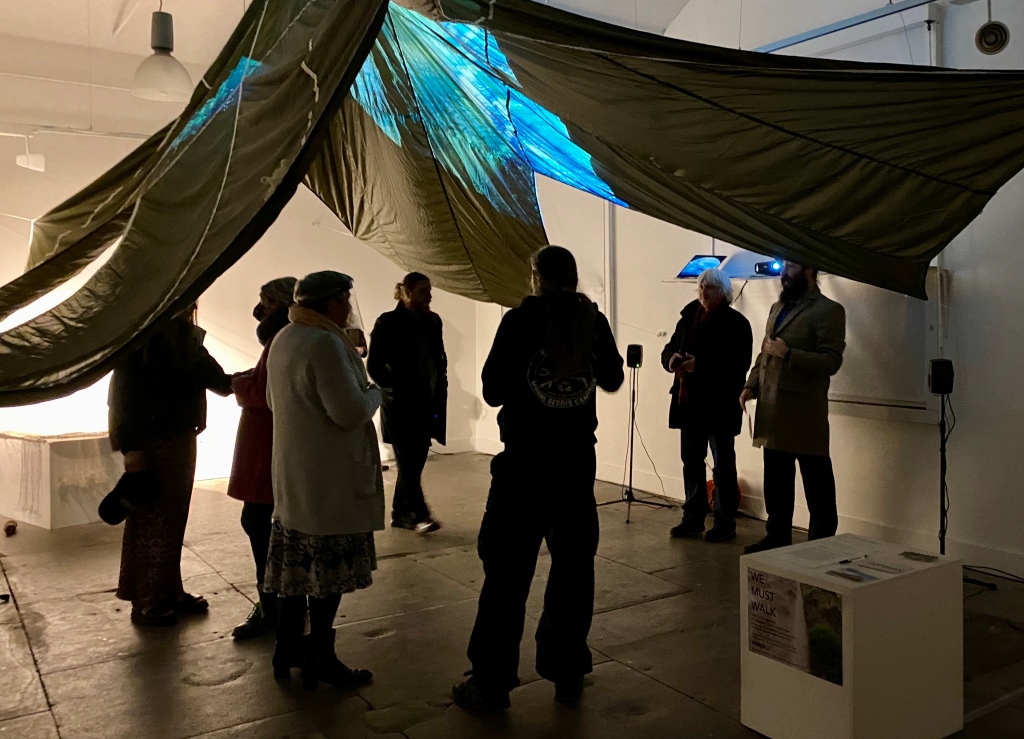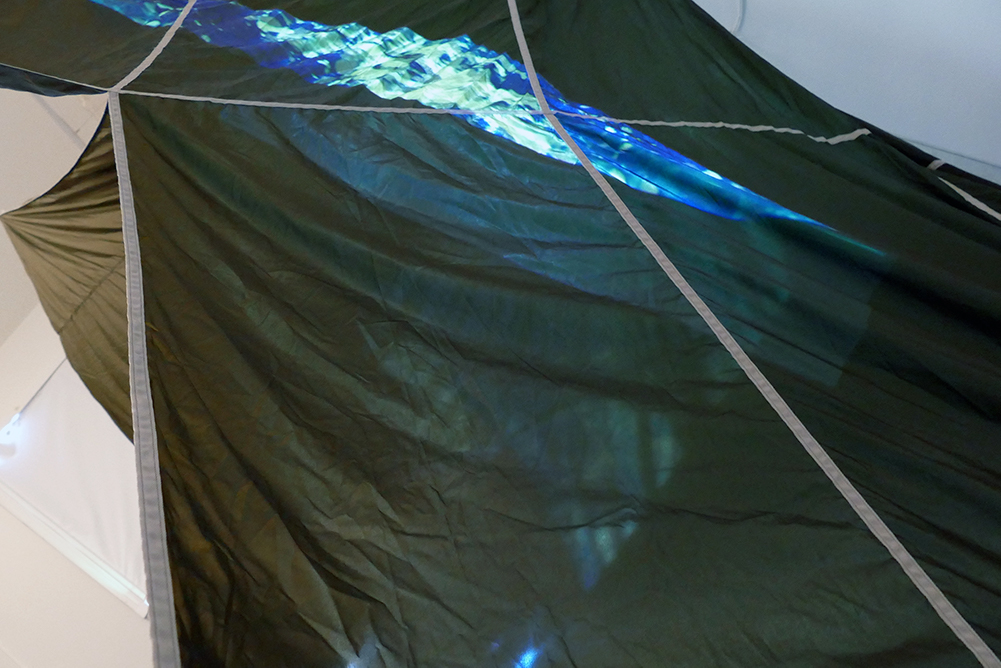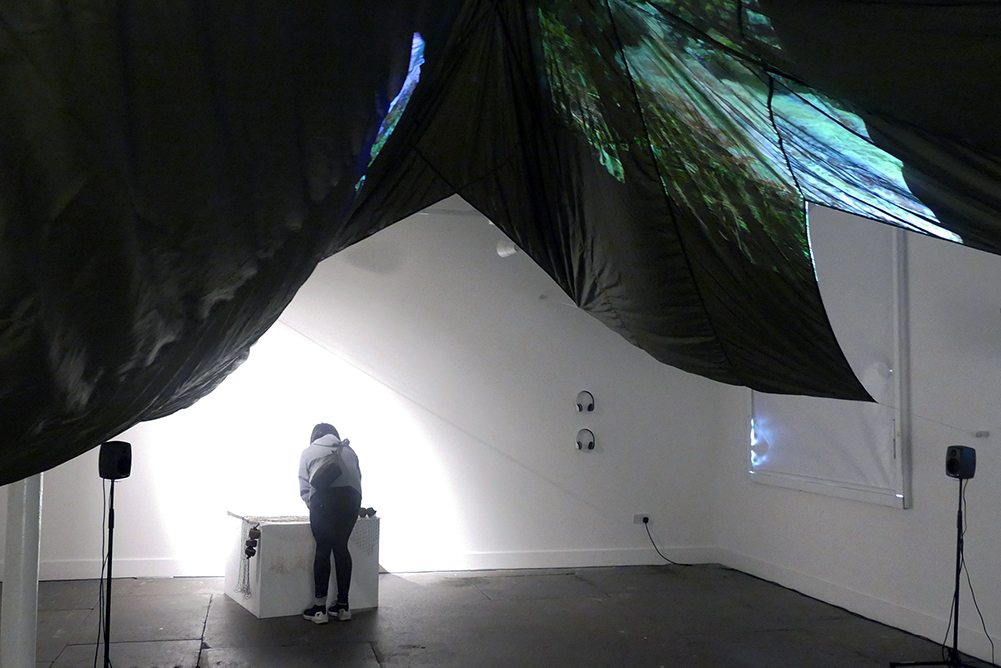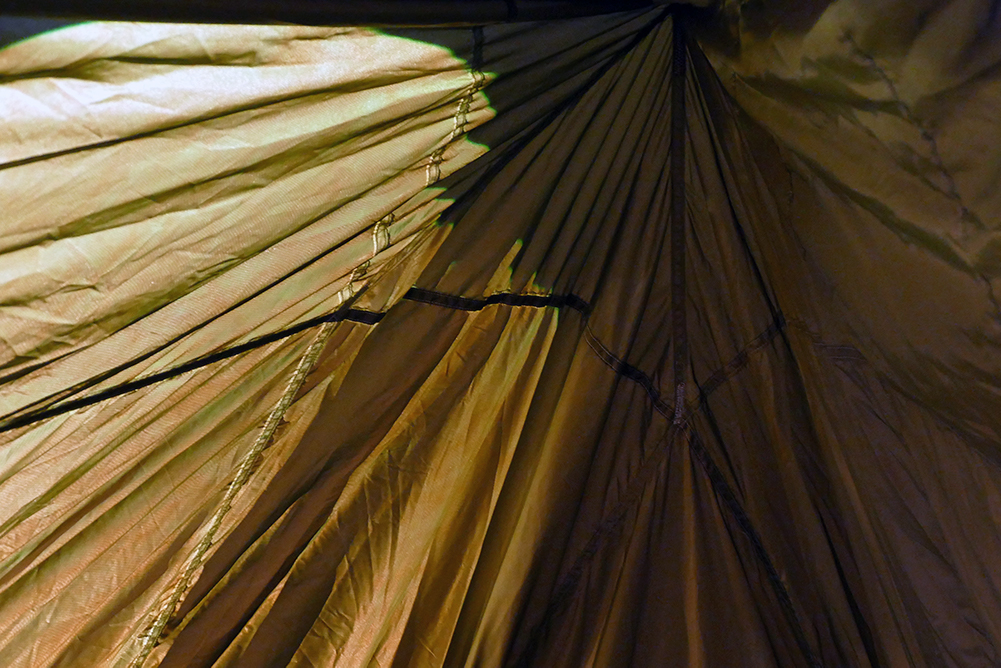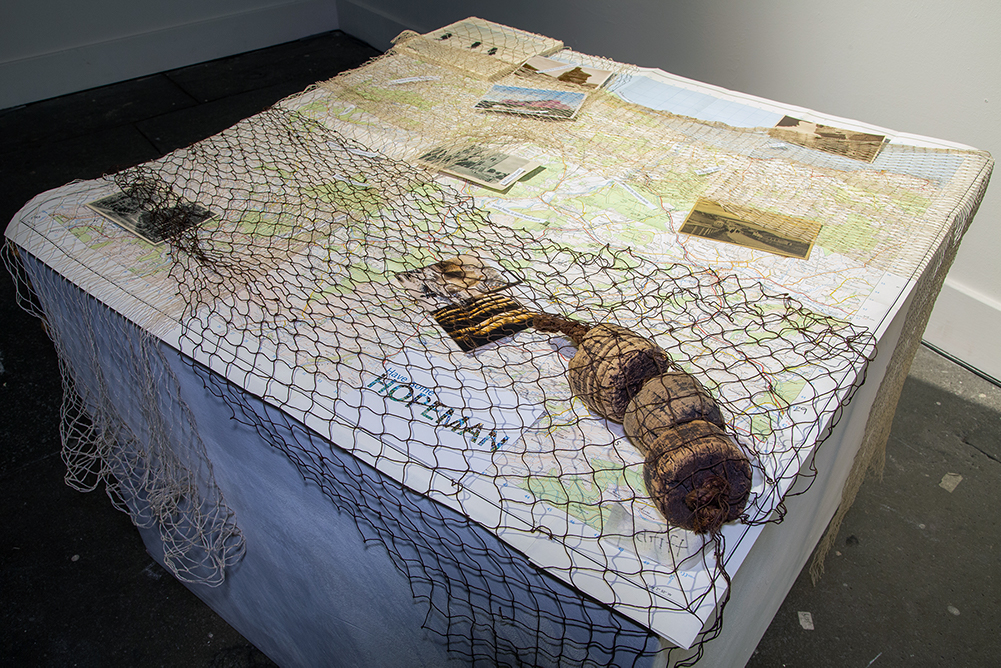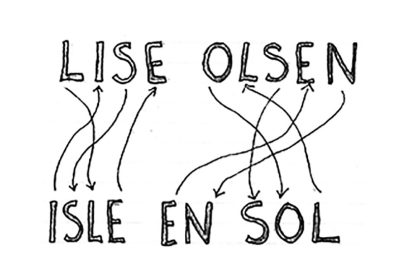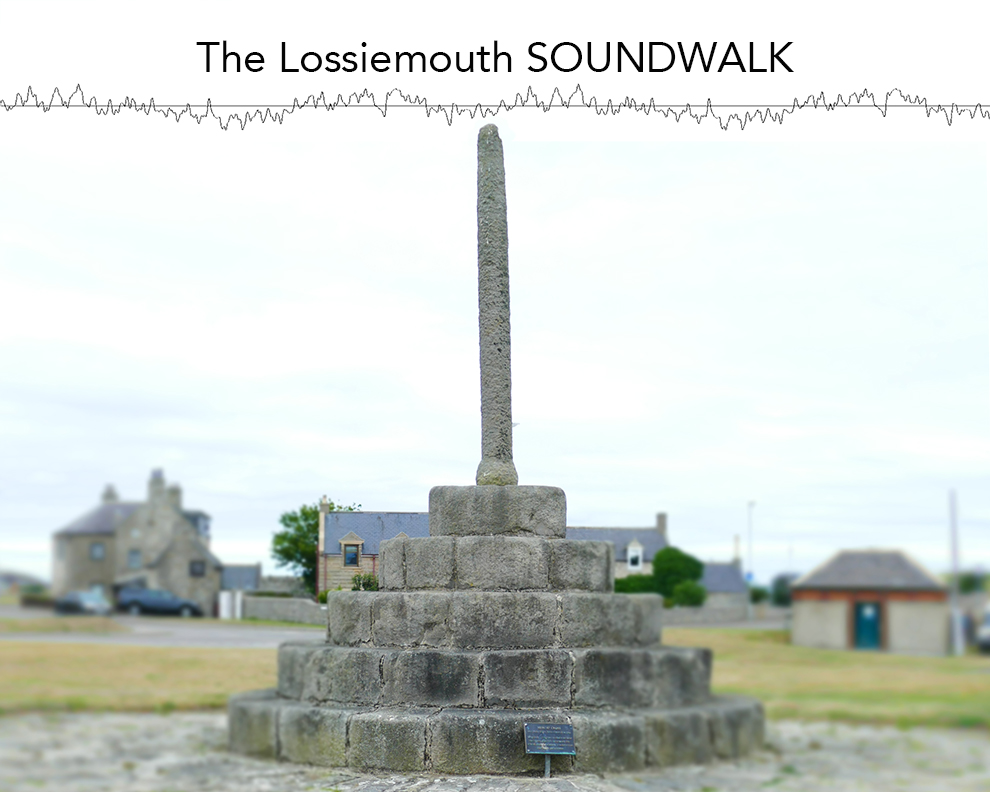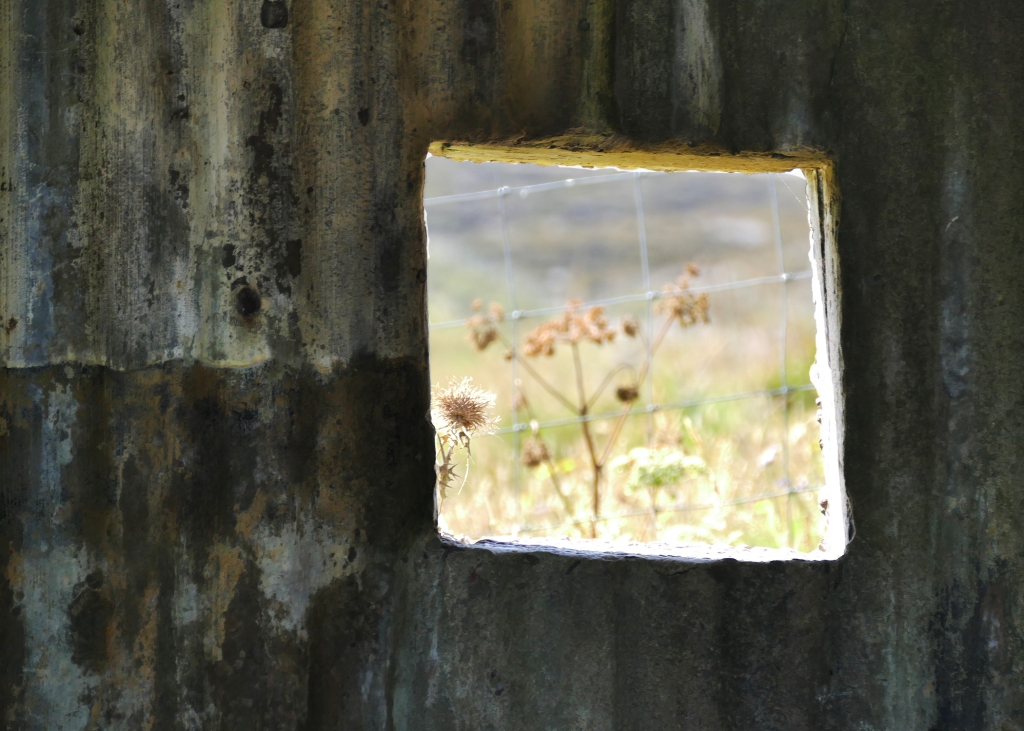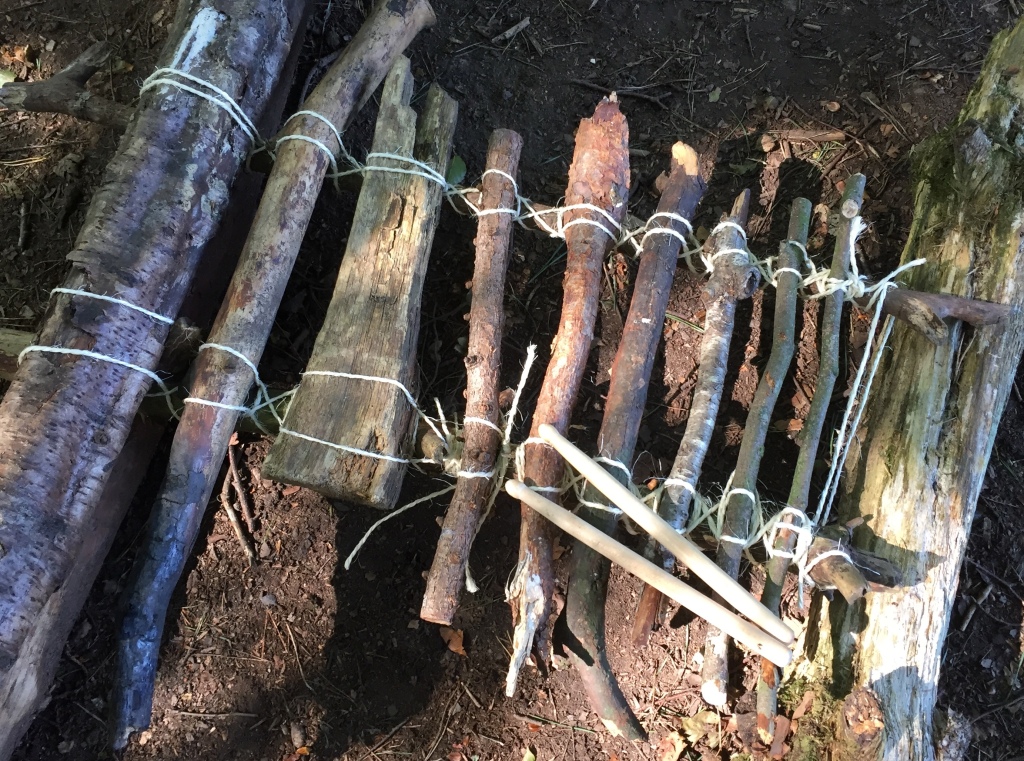We Must Walk: An exposition of the in-between experiences that happen while walking in the Scottish landscape. The work aims to present the traces of what is hidden and reveal ephemeral moments using sound, image, and text.
I presented my practice and research at the Medowmill Studio, WASPS Dundee, during the Ist week of March 2022. It was a wonderful experience, however, I had forgotten how much work it involved.
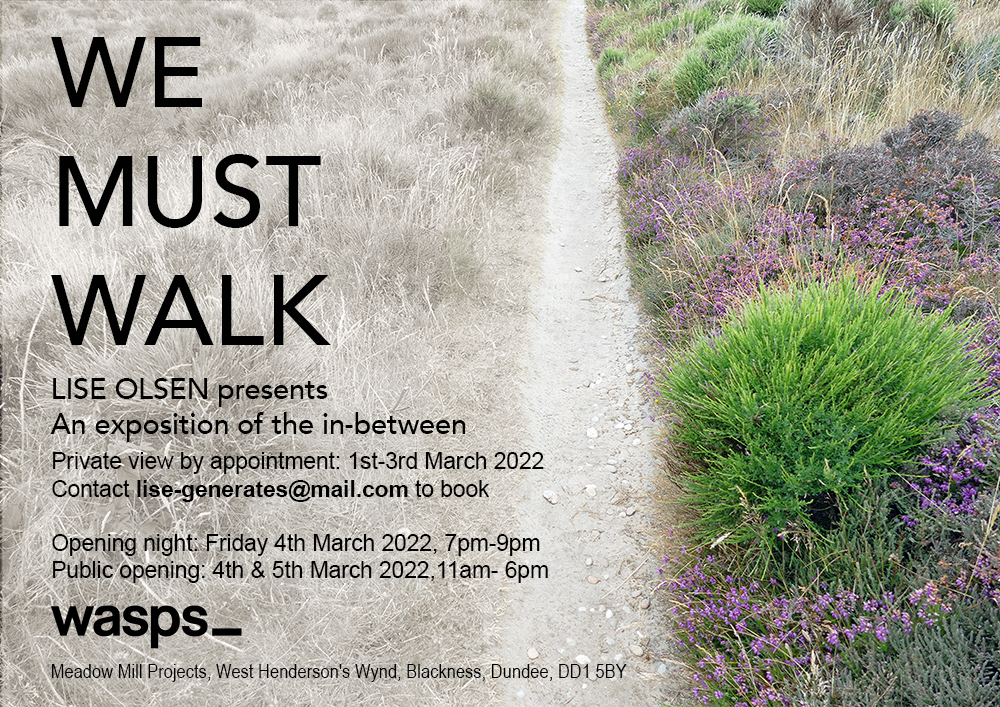
My practice-based Ph.D. explores the in-between experience that happens within immersive soundscapes. I believes that by defining the in-between, we can reflect on the ideas of space/time and our embodied experience. In July 2021, I became the artist in residence for The Moray Way and I been walking the 100-mile long circular route, collecting stories from the community and defining the in-between experiences happening within a dramatic Scottish landscape.
My time at WASPS was spent exploring the space and I created a sound installation. The focus of the work was on liminal moments recorded while walking, for example, everyday feelings, memories, and atmospheres. I believe these things are so fleeting and familiar they are often missed. I am currently working on a video as a way of documenting the sound installation. Until then here are some images of how it looked.
